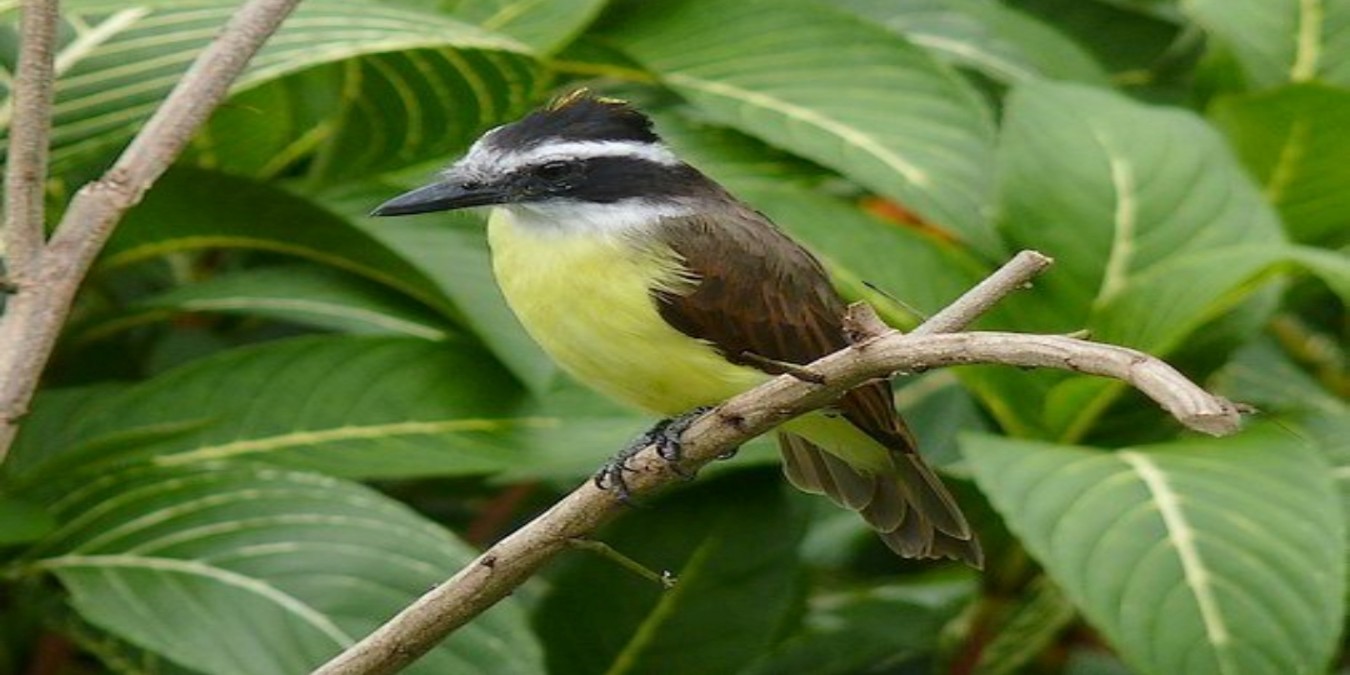The Great Kiskadee (Pitangus sulphuratus) is one of Trinidad and Tobago’s most recognisable and energetic avian residents. Known for its striking appearance, vivid yellow underparts, rich brown wings, and a boldly patterned black-and-white head, the bird is instantly identifiable by its loud, repetitive “kis-ka-dee!” call, which echoes across gardens, forest edges, and coastal habitats throughout both islands.
Though not native to Trinidad and Tobago, the Great Kiskadee was introduced from continental South America and has since flourished, becoming an integral part of the country’s ecological landscape. Its remarkable adaptability allows it to thrive in both rural and urban environments. As an opportunistic feeder, it consumes insects, small vertebrates, fruits, and even human food scraps when available.
Ecologically, the Great Kiskadee plays a vital role as an insect predator and is a member of the Tyrant Flycatcher family (Tyrannidae), one of the largest bird families in the Americas. Culturally, its bold presence and memorable call have made it a familiar and beloved figure in the daily soundscape of Trinidad and Tobago.
In Tobago, birdwatchers frequently encounter the species in areas like the Buccoo Wetlands, Adventure Farm & Nature Reserve, and along the island’s many verdant trails. In Trinidad, the Great Kiskadee is commonly seen in and around Queen’s Park Savannah, the Royal Botanic Gardens, Caroni Bird Sanctuary, and across the Northern Range, including popular spots like the Asa Wright Nature Centre. It’s also a regular presence in residential areas and agricultural lands throughout the island.
For eco-tourists and birding enthusiasts, the Great Kiskadee is often a highlight species, easy to spot, charismatic, and symbolic of the vibrant biodiversity that Trinidad and Tobago offer.


Comments